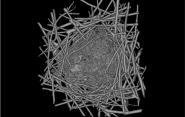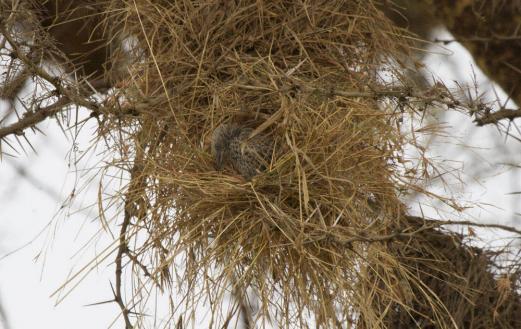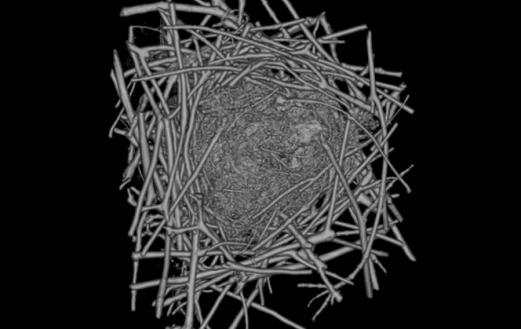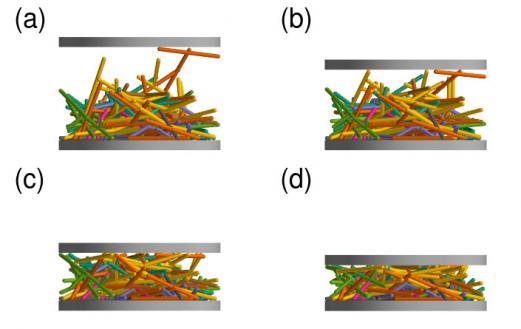Explaining the Birds and the Building Blocks of Nests

With spring finally here and the snow nearly entirely gone, much of what was buried throughout the winter is now being repurposed in birds’ nests. It’s therefore an ideal time to watch Corey O’Hern discuss nest construction on “Animal Homes,” a three-part documentary series that explores the complexity and diversity of animal architecture; the first program, “The Nest” — which features O’Hern discussing the impressive mechanical properties of birds’ nests — airs tonight, April 8, at 8:00 p.m. on PBS.

O’Hern, an associate professor of mechanical engineering & materials science, physics, & applied physics, notes that while birds’ nests may appear haphazardly constructed, they are surprisingly sturdy.
“Birds are able to build nest structures with remarkable strength and durability out of readily available and not particularly strong materials,” says O’Hern, whose research uses computational and theoretical techniques to better understand the internal structural and mechanical properties of nests. “Though it may surprise most people, we do not yet have a fundamental understanding of such interwoven and entangled composite structures, and in that regard, we can still learn a lot from birds.”
O’Hern’s work on bird nest construction and durability is a collaboration with Richard Prum, professor of ornithology, ecology, and evolutionary biology at the Yale Peabody Museum of Natural History.

Together O'Hern and Prum have analyzed x-ray CT scan images of the interior of nests built by birds, which has generated data that O’Hern uses to perform computer simulations of random packings of rods with large aspect ratios. These simulations allow the researchers to study parameter regimes that are difficult to achieve in nature and experiments.
The nest research is also related to O’Hern’s recent research on macroscale particle assemblies. Supported by a $1 million grant from the W.M. Keck Foundation that he and co-investigators Bulbul Chakraborty from Brandeis University and Robert Behringer from Duke University were awarded this past summer, his lab seeks to establish a comprehensive theoretical framework for predicting how macroscale particles — from grains of sand to coffee beans — self-assemble into large arrangements with mechanical properties that resemble, but are distinct from, what is traditionally considered a solid state. The work also connects to O’Hern’s recently awarded NSF CMMI grant on the mechanics of granular acoustic meta-materials with engineered particles and packings.

Tonight’s episode — which explores many aspects of how birds collect, compete for, and begin to build their nests, and includes a segment on mechanical tests of nests built by ecologist and series host Chris Morgan — will also feature nest specimens from the ornithology collections of the Yale Peabody Museum of Natural History. The nests, which come in all shapes and sizes, are crafted from everything: fur, grasses, leaves, mosses, sticks and twigs, bones, wool, mud, spider silk — even man-made materials like twine, wire, and plastic bags.
Program two, “Location, Location, Location,” airing on April 15, looks at the home of beavers, black bears, and woodrats, while program three, “Animal Cities," airing April 22, focuses on puffins in the Hebrides, social spiders in Ecuador, and leafcutter ants in Costa Rica to demonstrate the importance of colonies to these animals.
The series features a blend of CGI, animation, CT scans, and signature blueprint graphics to highlight engineering principles inside the structures. A variety of cameras, including tiny HD cameras, capture unprecedented views inside animal homes without disturbing natural behavior.
After broadcast, the episodes will be available for online streaming at pbs.org/nature.

